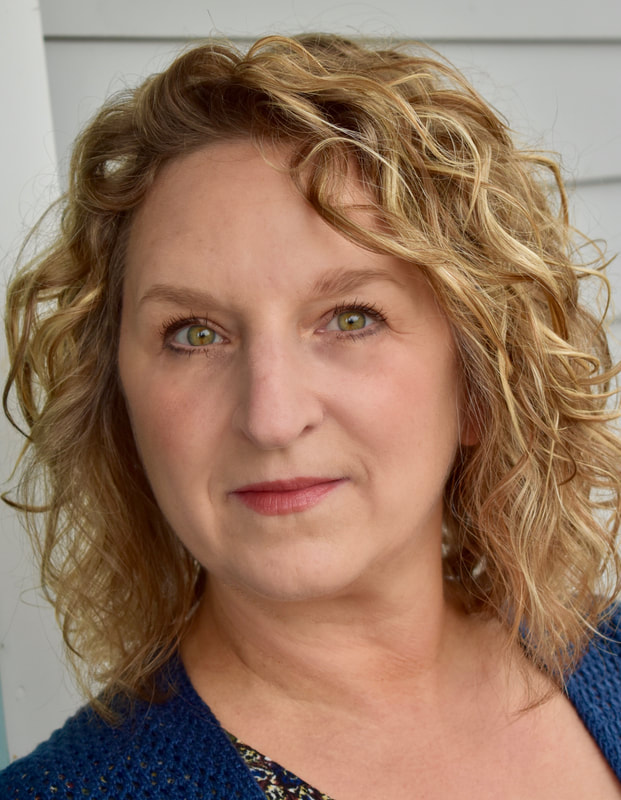| National Novel Writing Month, held November 1 - 30, can result in a finished novel rough draft worthy of your time. Be prepared! (image courtesy of National Novel Writing Month) |
NOTE: Those registering under the general NaNoWriMo site are writing with the goal of producing a novel of 50,000 words. Those signing up under the Young Writers Program, either through a classroom project or individually, will set their own word count goals. TEACHERS, this is a wonderful opportunity for dedicated classroom fiction writing time.
Here are a few tips for preparing for this month-long event, so one can hit the keyboard frantically typing when the start gun goes off on Nov. 1.
1. Practice writing NOW. To produce a 50,000 word novel in 30 days, one must write 1,667 words a day. How many words can you typically produce in an hour? Per day? Get used to writing in short or long chunks of time by writing daily NOW, so you know how much time you need to complete your writing goals during NaNoWriMo. This doesn't mean you should already begin writing your NaNoWriMo story. Save the beginning for the beginning. Instead, consider writing an unrelated short story or, if you wish to familiarize yourself with the world you propose building during NaNoWriMo, write a short story about one of the characters you may wish to include in the novel. Whatever you write ... do it now, so writing daily becomes a habit by Nov. 1.
2. Schedule NaNoWriMo. Intentionally keep your November calendar light in preparation for devoting your time to writing. Don't fill that calendar with unnecessary conflicts that could conveniently give you a reason to not write. DO schedule writing into each and every day of November. Seeing it on the calendar or getting a reminder on your phone will nudge you (guilt you?) to follow through with your daily writing goals.
3. Take some advice. At www.nanowrimo.org, check out the NaNo prep resource library for a gazillion tips and videos to help with everything from developing characters to plotting a story. This will help both novice and experienced writers "get ready," so the mind is already invested in the process by Nov. 1.
4. Observe. Whether you already have an idea brewing or don't have a clue what story you might write during the challenge, spend an hour or two with a notebook in a public venue — park, mall, open air market, beach, etc. — and simply observe what is going on around you. Jot down anything that strikes your interest. Any or all of this could spark a plot line, character, or setting and may even produce some highly entertaining dialogue.
5. Plan ahead. There is nothing more discouraging than beginning a new Word doc and staring at the page for an hour with no idea how to begin. Take some of that guesswork out of the equation. Prior to Nov. 1, outline at least the basics of a story. What is your conflict? Main characters? Setting? Time period? These are all novel elements that can be considered BEFORE the challenge begins. Not a planner? Prefer to fly by the seat of your pants and see where the novel will take you? Even committing to the simplest of details will give you a jumping off point on Nov. 1.
FYI -
A plot generally includes the following (but can certainly stray from the norm):
Set-up: introduces characters/setting and the basic conflict
Inciting incident: Sends the protagonist into the conflict whether he or she likes it or not
Rising action: Typically the longest sequence of events, rising action develops the characters, plots, etc., building to a point of no return (going up a hill)
Climax: The point of no return when everything comes to a head (top of the hill)
Falling action: Typically action packed excitement, falling action includes everything that happens as a result of the climax (think of a bus without brakes speeding down the hill)
Resolution: What happens after the plummet ... tie everything up with a bow
6. Research. If planning to write in a different time period or unfamiliar location, do research online or via a library, prior to Nov. 1, so valuable writing time is not interrupted by checking to see what the terrain of the Grand Canyon looks like in winter or how men dressed in the early 1800s.
7. Name it. Make your NaNoWriMo novel a reality by coming up with a catchy title. This process can be fun, create anticipation, and make your whole NaNoWriMo experiment a little more "real." Titles aren't set in stone and can always be changed later.
8. READ. If you have the time, prior to Nov. 1, read a book in the same genre you intend to write during NaNoWriMo. Preferably, this should be a book you've already read before AND LIKED. When re-reading this novel, be sure to peruse it from a writer's perspective, noting format, pacing, character development, what you felt did or did not work, etc. There is no better learning experience than reading what you hope to write, particularly if the book was written by a favorite author.
NaNoWriMo Success Stories:
Many authors got their start through participation in NaNoWriMo including:
Sara Gruen, Water for Elephants
Erin Morgenstern, The Night Circus
Hugh Howey, Wool
Rainbow Rowell, Fangirl
Jason Hough, The Darwin Elevator
Marissa Meyer, Cinder
just to name a few:)
Am I doing this? Yes, folks, I'm participating in NaNoWriMo. I intend to blog an update of my word count at least every few days, starting Nov. 1, so I am held accountable for my writing goals. Connect with me on twitter @HaasBren, to keep track of my progress.
For more tips on how to prepare for NaNoWriMo, visit the website. Good luck to you all, and let's get ready for NaNoWriMo!
#nanowrimo #nanowrimo2018 #amwriting #writingnow #yawriter #grammartips #scbwi #saragruen #rainbowrowell #hughhowey #marissameyer #jasonhough #erinmorgenstern #wisdomwednesday

 RSS Feed
RSS Feed

